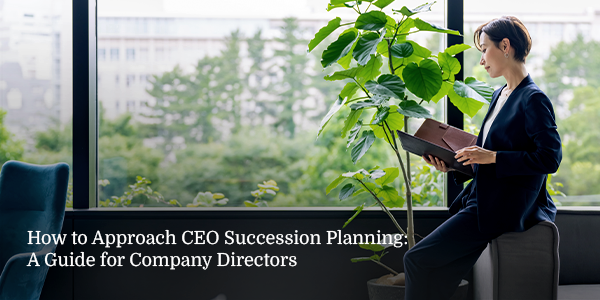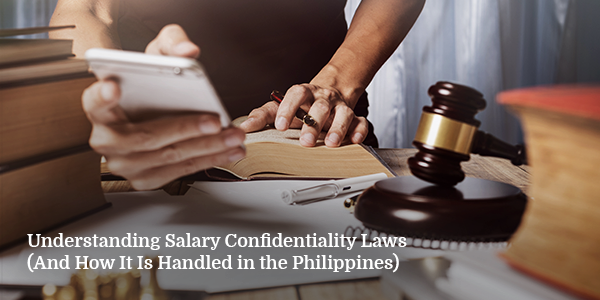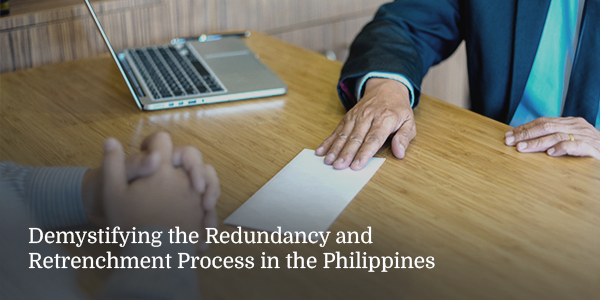CEOs are the driving force behind a company’s success. They are typically the highest-paid company employees, but their jobs are grueling. And while executives are more optimistic about their role, nearly seven out of 10 are willing to leave their positions for ones that support their well-being. In 2022, 774 CEOs exited their posts, marking the highest first-half total in two decades.
The data highlights a dynamic landscape in CEO transitions, influenced by factors like market conditions, skills acquired during the pandemic, and individual retirement decisions. It also encouraged companies to create robust CEO succession planning.
Delve into the intricacies of CEO succession planning, drawing parallels to the critical need for bridging the gap in employee well-being perceptions.
What is Corporate Succession Planning?
Corporate or CEO succession planning is the strategic process of preparing internal candidates for key leadership roles to ensure business continuity during transitions or unexpected departures. The board of directors provides expert insights in choosing the CEO and evaluates candidates’ qualifications and leadership qualities, ensuring they align with the company’s vision and can drive its strategy and growth.
Truthfully, succession planning is very nuanced and involves factors that the board considers, such as the following:
- Defining and aligning desired leadership traits
- Finding and narrowing down suitable candidates
- Selecting the best choice for the company’s future
- Preparing candidates for the role
- Ensuring smooth onboarding and progress monitoring
- Sustaining long-term program momentum
- Maintaining relationships with the current CEO and stakeholders
- Avoiding premature competition between candidates
- Retaining unsuccessful internal candidates
5 Benefits of Having a CEO Succession Plan in Place
Continue reading and discover how a well-executed CEO succession plan can transform your organization’s stability, leadership quality, investor confidence, and employee trust.
1. Ensures business continuity
A solid succession plan means the company can continue running smoothly even when leadership changes.
Imagine a scenario where the CEO unexpectedly resigns due to health reasons. Without a succession plan, this could create a vacuum in leadership, leading to uncertainty among employees and stakeholders. However, with a well-prepared succession plan, a suitable internal candidate can step into the role seamlessly, ensuring that the company continues operations without missing a beat.
2. Reduces risks and increases stability
A CEO should make every important company decision, but what if they leave to join a competitor? A succession plan readies a clear roadmap for swiftly finding a replacement, reducing risks, maintaining stability, and preserving investor confidence that showcases the organization’s resilience and strategic foresight.
With a succession plan, companies are prepared to handle surprises like resignations, illnesses, or other sudden changes in leadership. This proactive approach not only keeps the company stable but also prevents the uncertainty that can disrupt the work environment.
3. Improves leadership quality
Investing in the development of internal talent ensures that future leaders are well-prepared with the skills and experience they need. This leads to a stronger, more capable leadership team that knows the company inside and out.
4. Enhances investor and stakeholder confidence
Investors and stakeholders feel more confident in a company with a clear leadership transition plan. Knowing how prepared you are for the future shows that reliability and forward-thinking can positively impact stock price and market reputation. It’s all about showing you have things under control, no matter what happens.
5. Strengthens trust from employees
Most, if not all, employees want to know that the company has a long-term plan. When they see that you’re prepared for future leadership changes, it reassures them of the company’s stability and commitment to their career growth. This trust boosts morale and helps retain top talent, which is crucial for ongoing success.
How to Create a CEO Succession Plan
Planning for CEO succession doesn’t have a one-size-fits-all approach, yet an efficient strategy can help produce the best candidate.
Establish clear CEO criteria
Here, you outline the essential qualities, skills, and experience needed for the future CEO. Consider factors like intelligence, personality, and decision-making abilities. Envision your organization’s growth and direction in the coming years to determine the ideal leader for guiding this transformation. Collaborate with the board and current CEO to answer critical questions about the company’s future and goals.
Identify high-potential leaders
Once you’ve set the CEO criteria, shift your focus to identifying potential candidates within the organization who demonstrate high potential for the CEO role. This includes assessing their performance, leadership capabilities, strategic thinking, and readiness for greater responsibilities.
Develop a robust leadership pipeline program
Like nurturing a garden, your high-potential leaders need the right environment to flourish. Create a development plan that exposes them to diverse experiences, mentors them, and provides targeted training. Send them to industry conferences, assign them to stretch projects, or pair them with senior executives for guidance. This way, they become well-rounded leaders ready for a more prominent role.
Conduct thorough candidate assessments
It’s time to examine your candidates’ skills, strengths, and areas for improvement. Assess them by gathering feedback from peers and managers and analyze their cultural fit with the organization. This process helps you identify who’s ready to step into the CEO spotlight.
Plan for seamless leadership transition
After preparing your candidate, develop a transition plan that includes onboarding sessions, knowledge transfer from the outgoing CEO, and clear communication with stakeholders. A well-planned transition ensures continuity and keeps the organization moving forward.
However, keep in mind that since you’ll be taking one person from your current leadership bench, it will cause a string of promotions, even in the lower ranks.
With that said, that’s a good problem to have. A worse situation is if there’s no internal hire available immediately. In cases like that, you should enlist the help of corporate headhunters to help you find management candidates to fill your ranks.
Seal Success with Strategic CEO Succession
Recognizing and nurturing potential leaders within your organization is critical to your CEO succession planning. It not only ensures a smooth transition in leadership but also fosters a culture of growth and talent retention.
Manila Recruitment is a recruitment agency in the Philippines that offers tailored headhunting services to help you discover and cultivate the next generation of leaders. Contact us to explore how we can support your succession planning goals.













